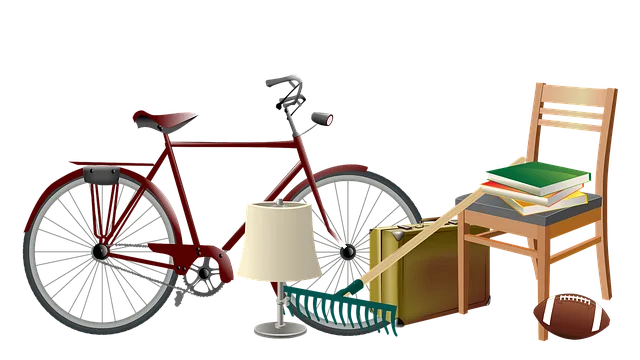Improper yard waste disposal contributes to water pollution, soil degradation, and other environmental issues. Different types of yard waste pose unique challenges, such as nitrogen-rich clippings polluting water and organic matter degrading soil. Implementing effective Yard Waste Removal and Recycling practices, including sorting, composting, and recycling, is crucial for mitigating these impacts and fostering a healthier ecosystem and community well-being. By viewing yard waste as valuable resources and adopting simple methods like composting and recycling, individuals can significantly contribute to a cleaner, greener environment and the circular economy.
Tired of juggling yard waste? Navigating its disposal can be a chore, but understanding your options is the first step towards a greener, cleaner space. This guide tackles the topic of Yard Waste Removal and Recycling, breaking down complex problems into simple solutions. We’ll explore various types of yard waste, effective disposal methods, and even show you how to transform these resources through recycling and upcycling. Get ready to reclaim your outdoor oasis!
- Understanding Yard Waste: Types and Their Impact
- Simple Steps for Effective Yard Waste Disposal
- Recycling and Upcycling: Transforming Yard Waste into Resources
Understanding Yard Waste: Types and Their Impact

Yard waste, a term that encompasses a variety of organic materials discarded from residential properties, includes items like grass clippings, tree trimmings, and leaf debris. While these byproducts of lawn care and gardening may seem insignificant, their accumulation and improper disposal can have detrimental effects on both the environment and local ecosystems.
Different types of yard waste contribute to distinct environmental challenges. Grass clippings, for instance, contain high levels of nitrogen, which can cause water pollution if not managed responsibly. Tree trimmings and leaves, when left to rot, may lead to soil degradation due to their organic matter content. Implementing effective yard waste removal and recycling practices is crucial not only for minimizing these impacts but also for promoting a healthier and more sustainable local landscape.
Simple Steps for Effective Yard Waste Disposal

Proper yard waste disposal and recycling is an easy and rewarding practice that can significantly benefit both your local environment and community. Here’s how to make it simple:
1. Separate Organic from Inorganic Waste: Start by sorting your yard waste into organic (leaf litter, grass clippings, garden debris) and inorganic (plastic, metal, glass). Organic waste can be composted, while inorganic materials should be placed in designated recycling bins.
2. Composting 101: For organic waste, composting is a great option. Create a compost pile or bin in your yard and add layers of green (nitrogen-rich) and brown (carbon-rich) materials. Keep it moist and aerated for efficient decomposition. This process reduces waste volume and creates nutrient-rich soil for your garden.
Recycling and Upcycling: Transforming Yard Waste into Resources

Many people overlook the potential resources hidden within their own backyards, specifically in terms of yard waste removal and recycling. Instead of viewing grass clippings, leaves, and garden trimmings as mere nuisance, consider them valuable materials that can be transformed into new products through simple upcycling methods. This approach not only reduces the amount of waste sent to landfills but also contributes to a more sustainable lifestyle.
For instance, dried leaves can be composted to create nutrient-rich soil amendments for gardening, while wood chips derived from trimmings can serve as an eco-friendly alternative to chemical-laden mulch. Furthermore, recycling programs often accept specific types of yard waste, such as plastic plant pots and paper packaging from plants, enabling them to be repurposed into new products. By adopting these practices, individuals can actively participate in the circular economy while enhancing their connection with nature.
By understanding the types of yard waste and their environmental impact, implementing simple disposal methods, and embracing recycling and upcycling practices, homeowners can significantly reduce waste in their residential yards. These sustainable approaches not only minimize the burden on local landfills but also contribute to a greener, more resource-efficient community. Integrating these practices into daily routines is an easy way to make a positive difference for both your neighborhood and the environment.
